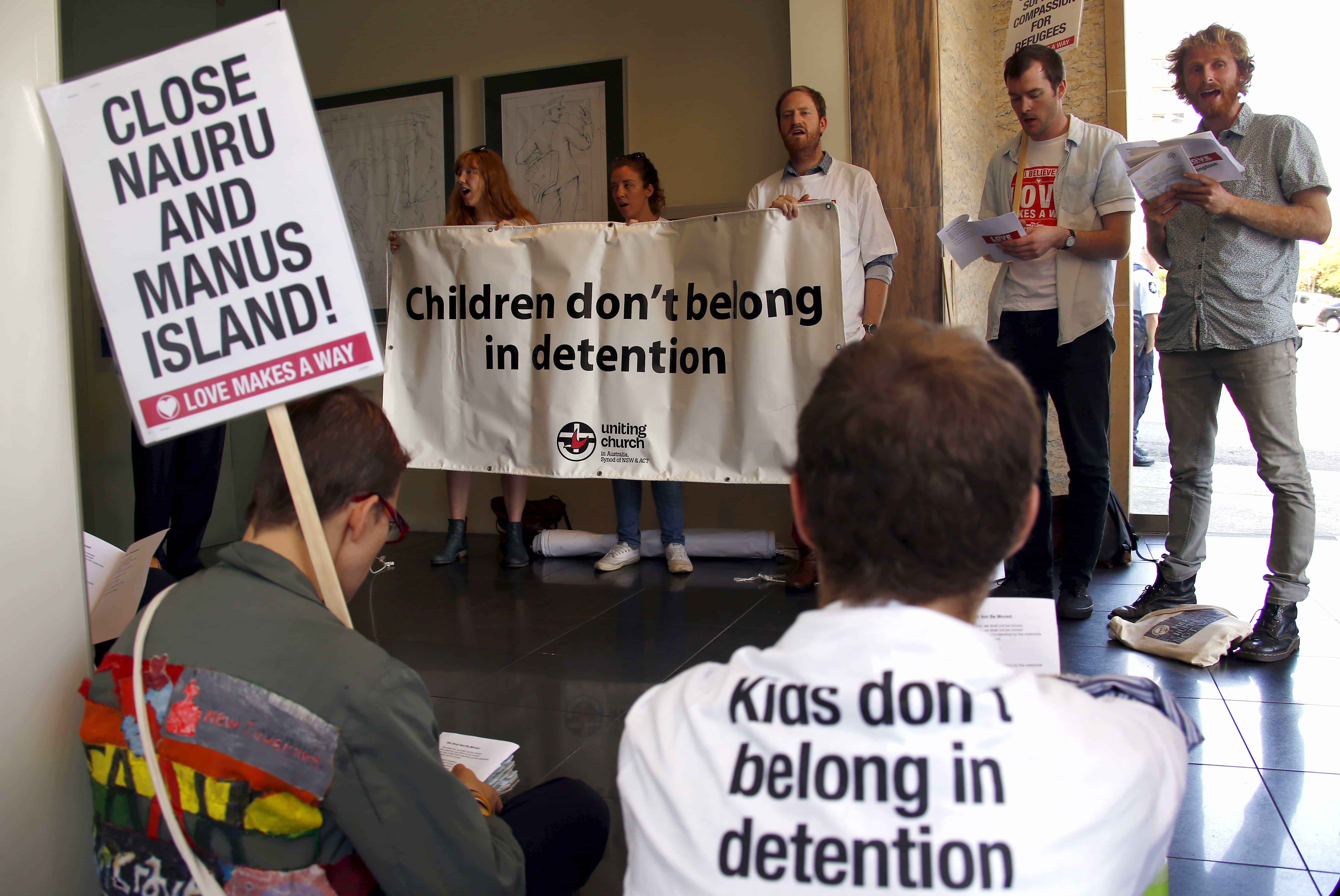New Approach: Netherlands To Utilize Low-Security Detention And Area Restrictions For Managing Asylum Seekers

Table of Contents
The Rationale Behind the New Approach
The Netherlands' previous asylum system faced significant challenges. Overcrowding in high-security detention centers was commonplace, leading to high costs and raising serious human rights concerns. The lengthy processing times for asylum applications further exacerbated the problem. The government's stated goals for this new approach are threefold: more humane treatment of asylum seekers, improved cost-effectiveness, and enhanced integration into Dutch society.
This new system aims to address these issues through:
- Reduced reliance on high-security detention: Shifting towards less restrictive environments.
- Emphasis on community integration programs: Facilitating the asylum seekers' smoother transition into Dutch life.
- Faster processing of asylum applications: Reducing the time spent in detention.
- Improved monitoring of asylum seekers: Ensuring compliance with regulations while respecting individual rights.
Details of Low-Security Detention Facilities
Instead of large, high-security facilities, the Netherlands is utilizing a variety of repurposed buildings and former hotels as low-security detention centers. These smaller, community-based facilities offer a less restrictive environment, focusing on rehabilitation and support services rather than solely on security.
The level of security and supervision in these facilities is significantly less restrictive than in traditional detention centers. While monitoring is still in place, the emphasis is on providing support and preparing asylum seekers for integration. Concerns about potential escapes are being addressed through increased staff training in de-escalation and conflict resolution techniques, and stronger collaboration with local communities.
Key features of these low-security detention facilities include:
- Smaller, community-based facilities: Fostering a sense of normalcy and facilitating integration.
- Focus on rehabilitation and support services: Providing access to language courses, job training, and mental health support.
- Increased staff training on de-escalation and conflict resolution: Ensuring a safe and supportive environment.
- Collaboration with local communities: Building trust and fostering social inclusion.
Implementation of Area Restrictions
Alongside low-security detention, the Netherlands is implementing area restrictions for some asylum seekers. This involves designating specific areas where asylum seekers are required to reside, with limitations on their movement. Mandatory check-ins and potentially electronic monitoring may be used to ensure compliance. The rationale is to manage asylum seeker populations, prevent overcrowding in certain areas, and facilitate the provision of services.
However, area restrictions have potential drawbacks. Critics argue that they limit freedom of movement, hinder integration efforts, and may lead to feelings of isolation and marginalization. The government aims to mitigate these potential negative effects through:
- Designated areas for asylum seekers to reside: Choosing locations with access to essential services.
- Use of electronic monitoring technology: Minimizing intrusive physical controls while maintaining oversight.
- Integration with public transportation and services: Ensuring access to necessary resources.
- Regular monitoring and evaluation of the effectiveness of area restrictions: Adapting the system based on its impact.
Potential Benefits and Challenges of the New System
The new system offers several potential benefits. It could lead to significant cost savings compared to maintaining large, high-security detention centers. Improved integration and enhanced human rights are also anticipated outcomes. However, the system also presents challenges. There's a risk of abuse if not properly implemented and monitored. Logistical difficulties may arise in coordinating services across different locations, and community resistance could hinder successful integration.
A thorough cost-benefit analysis is crucial to evaluate the long-term sustainability of the system. Key factors to consider include:
- Cost-benefit analysis of the new approach: Comparing the costs and benefits of the new system to the previous one.
- Impact on asylum seeker well-being: Assessing the psychological and social impact of the new system on asylum seekers.
- Community acceptance and engagement: Measuring the level of acceptance and support from local communities.
- Long-term effects on integration rates: Monitoring the success of the system in facilitating the integration of asylum seekers into Dutch society.
Conclusion
The Netherlands' shift towards low-security detention and area restrictions represents a significant paradigm shift in asylum seeker management. While promising cost-effectiveness and improved human rights, its success depends critically on careful implementation, strong community engagement, and continuous monitoring and evaluation. The long-term impacts on both asylum seekers and Dutch society remain to be seen and require close observation. Further research into the effectiveness of this policy will be crucial in shaping future asylum management strategies, both within the Netherlands and internationally.
Call to Action: Stay informed about the developments and impacts of the Netherlands' new approach to low-security detention for asylum seekers. Understanding the evolving situation regarding low-security detention in the Netherlands is vital for informed discussion and policy development.

Featured Posts
-
 Yankees Win Over Pirates Judges Home Run Frieds Pitching Masterclass
May 12, 2025
Yankees Win Over Pirates Judges Home Run Frieds Pitching Masterclass
May 12, 2025 -
 Tasman Council Faces Realistic Challenge Maintaining Key Road Access
May 12, 2025
Tasman Council Faces Realistic Challenge Maintaining Key Road Access
May 12, 2025 -
 What Did Conor Mc Gregor Say On Fox News This Time
May 12, 2025
What Did Conor Mc Gregor Say On Fox News This Time
May 12, 2025 -
 Jay Kelly Ola Osa Prepei Na K Serete Gia Tin Nea Tainia Toy Netflix
May 12, 2025
Jay Kelly Ola Osa Prepei Na K Serete Gia Tin Nea Tainia Toy Netflix
May 12, 2025 -
 Ftc Probes Open Ai Implications For Ai Development And Use
May 12, 2025
Ftc Probes Open Ai Implications For Ai Development And Use
May 12, 2025
